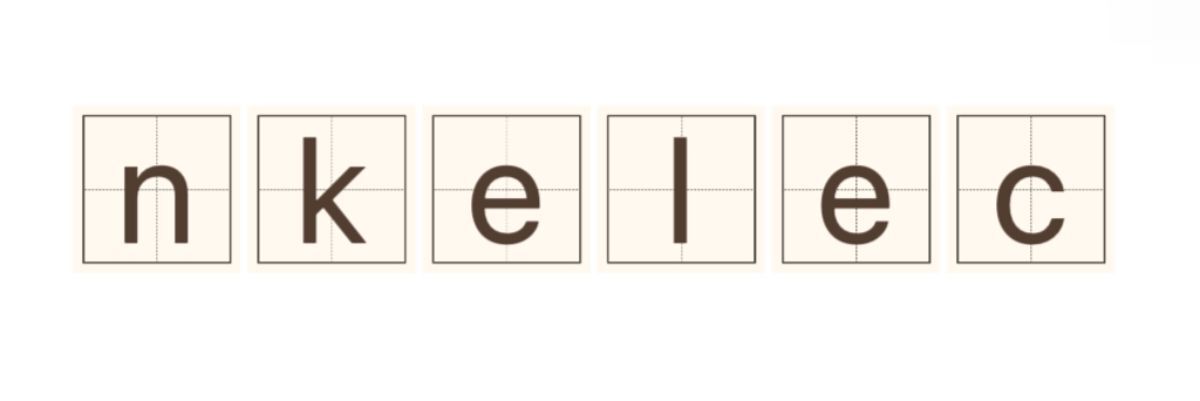7 Essential Facts About Household Distribution Wire You Need to Know
May. 30, 2025
In today's modern homes, the importance of efficient electrical systems cannot be overstated. One of the key components of these systems is household distribution wire, which plays a crucial role in delivering electrical power safely and efficiently throughout the home. Understanding the intricacies of this component can help homeowners avoid potential issues and enhance the overall performance of their electrical systems.
Are you interested in learning more about household distribution wire? Contact us today to secure an expert consultation!
What is Household Distribution Wire?
Household distribution wire comprises various types of electrical cables that transport electricity from the main power source to subpanels and individual outlets throughout the home. These wires are designed to handle specific loads and meet safety standards, ensuring that the electrical systems function reliably and minimize the risk of hazards.
1. Types of Household Distribution Wire
There are several types of household distribution wires, including non-metallic (NM), armored cable (AC), and conduit wiring. Non-metallic wires are commonly used in residential applications because they are lightweight and easy to install. Armored cables provide additional protection from physical damage, while conduit wiring is often used in more complex installations, especially in commercial settings or areas prone to moisture.
2. Voltage Ratings and Load Management
Each type of household distribution wire has specific voltage ratings that must be adhered to in order to prevent overheating or electrical failure. A common problem that consumers face is the improper selection of wire, which can lead to serious accidents like electrical fires. Customers should always ensure that the wire they select matches the load requirements of their appliances and fixtures. It's advisable to consult with licensed electricians or refer to local electrical codes for proper guidance.
3. Common Issues with Household Distribution Wire
Some common problems associated with household distribution wire include corrosion, physical damage, and improper installation. Corrosion, especially in older homes, can significantly reduce the effectiveness of wiring and poses a safety risk. Customers may also find that their electrical appliances are not functioning optimally due to faulty wiring.
4. Impact on Customer Groups
The implications of these issues can vary across different customer groups. For example, families with young children may be particularly affected by electrical hazards, leading to heightened concerns around safety. Additionally, elderly individuals or those with mobility issues may struggle to identify and address warning signs such as flickering lights or tripped circuit breakers.
5. Proactive Solutions for Homeowners
To address potential issues related to household distribution wire, homeowners can adopt several proactive strategies:
Related links:Applications of PV1-F Solar Cable in Renewable Energy Systems
Regular Inspections
Key Factors for Choosing PV1-F Solar Cable
Scheduling regular inspections by qualified electricians can help identify early signs of wear and tear or miswiring. This preventive maintenance can ultimately save homeowners money and reduce safety risks.
Upgrading Old Wiring
For homes with outdated electrical systems, investing in an upgrade can be a wise choice. Modern household distribution wire options are designed to handle higher loads and provide superior safety features.
Utilizing Surge Protectors
Surge protectors can shield household distribution wire from voltage spikes, helping to maintain the safety and integrity of the system.
6. Importance of Proper Installation
Improper installation is a leading cause of issues related to household distribution wire. Homeowners should always hire licensed professionals for installation and repairs. This not only ensures compliance with local codes but also enhances the overall safety of the home.
7. Educational Resources for Homeowners
Education is key when it comes to managing household distribution wire effectively. Homeowners should familiarize themselves with electrical codes and best practices. There are many online resources and local workshops available that can provide valuable insights into electrical systems.
By understanding the characteristics and challenges associated with household distribution wire, homeowners can take proactive measures to enhance their home's electrical safety and efficiency. Engaging with professionals and seeking educational opportunities are effective strategies for mitigating the risks associated with this critical component of modern living.
Want more information on China Power Cable? Feel free to contact us.
247
0
0


Comments
All Comments (0)